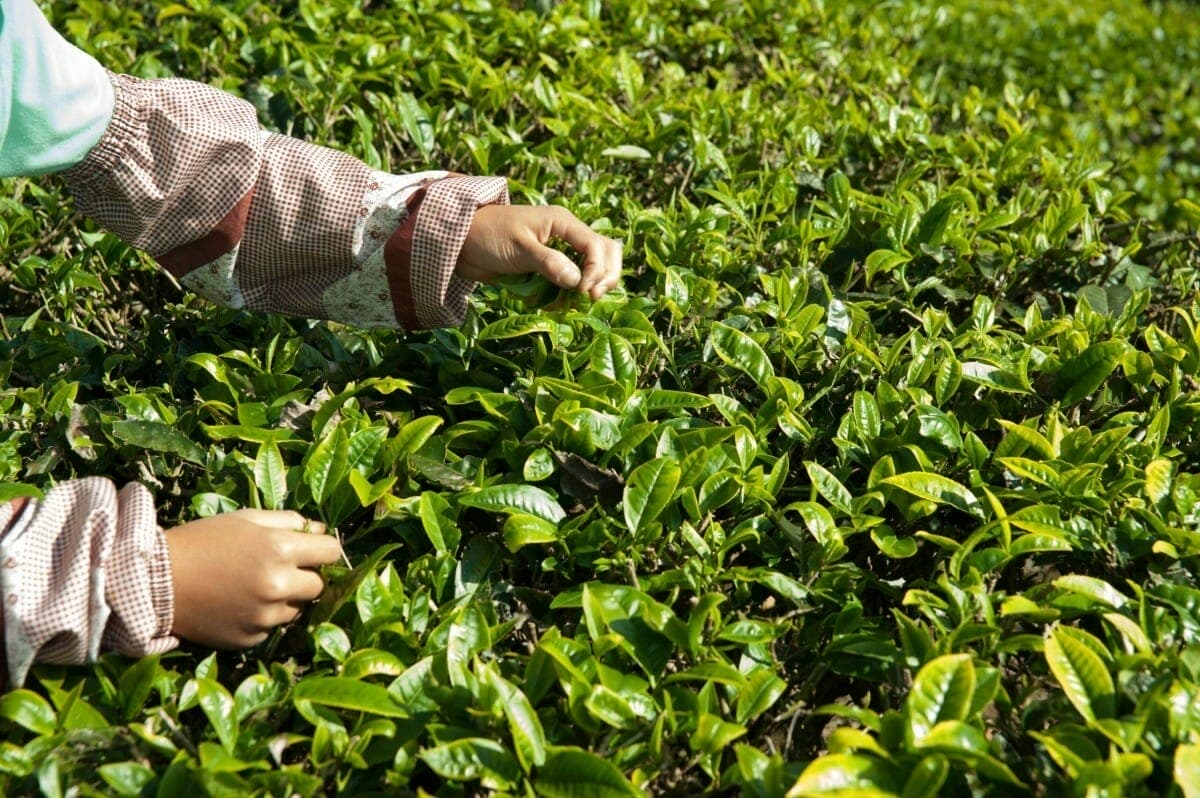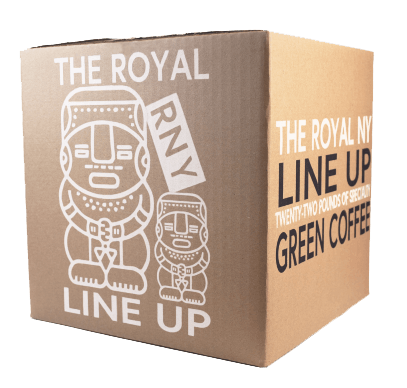No products in the cart.

Tea Processing: Black Tea
Black Tea processing most likely started Wuyi Mountains of Fujian by mistake. It became popular in England in the 1700s under the names Bohea, Congou, and Souchong which refer to Wuyi, Gongfu, and Xiao Zhong teas, respectively. Today, it is consumed around the world and produced across Asia and Africa.
Plucking or picking will generally occur in the spring. The first flush or budding is typically the most delicate. These fresh young buds and 1-2 leaves produce high quality teas, but many black teas will use older and larger leaves.
Withering is the partial drying of the leaves to 50-60% moisture. The loss of moisture softens the leaves which allows them to be rolled and shaped without breaking. The rate of withering will impact the final flavor and can be manipulated by doing so in the sun or moving the tea indoors into cool environments.
Macerating or bruising the tea is important in breaking down the cells and releasing enzymes to accelerate oxidation. Maceration of black teas is primarily done by compressing and rolling the leaves in machines, but sometimes by hand.
Black teas are the most heavily oxidized teas. In China, they are piled and covered in damp cloths for several hours as the enzymes released during maceration break down the leaves. Oxidation occurs more quickly in India where it is placed on trays in humid, climate controlled oxidation chambers.
Drying halts the oxidation of the leaves. It typically involves hot air dryers on conveyor belts or it may be finished by firing in a pan.
Orthodox tea will be sorted by size after drying. Broken leaves will be shaken through screens where the biggest leaves will remain on top while fannings and dust falls to the bottom.
Sorting Vocabulary Finest – Highest portion of buds
Tippy – Higher portion buds
Golden – High portion of buds
Flowery – Has some buds
Sorting Grades – Descending in Quality
FTGFOP – Finest Tippy Golden Flowery Orange Pekoe
TGFOP – Tippy Golden Flowery Orange Pekoe
GFOP – Golden Flowery Orange Pekoe
FOP – Flowery Orange Pekoe
OP – Orange Pekoe
BOP – Broken Orange Pekoe



